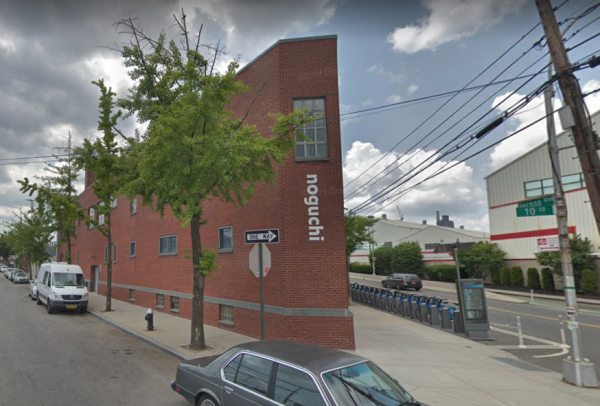April 17, 2019 By Laura Hanrahan
After more than three decades of operation, Long Island City’s Noguchi Museum will soon undergo an extensive expansion.
The 27,000 square foot gallery and sculpture garden, opened by Japanese-American artist Isamu Noguchi in 1985, will gain a new 6,000 square foot archival building to hold the artist’s extensive collection. Noguchi’s original on-site studio, dating back to 1959, will also be restored and opened to the public.
The new building, designed by Manhattan-based architecture firm Büro Koray Duman, will be constructed across the street from the current gallery building, located at 9-01 33rd Rd.
In 2012, the museum’s basement was flooded by Hurricane Sandy. While no works of art were damaged, parts of the collection were moved off-site for safe storage. The new building will allow the museum to bring back about 85 percent of the displaced collection, the New York Times reported.
“As the guardians of the life’s work of one of the greatest sculptors and designers of the twentieth century, whose legacy continues to inspire artists, scholars, and the public, the museum must work not only to safeguard the art and archives, but also to make them accessible,” Noguchi Museum Board Chair Malcolm Nolen told ArtForum.
The personal studio of Noguchi, who lived in Long Island City in the years before his death in 1988, is set to be renovated and will have Noguchi’s original belongings brought back into the space. Once completed, the apartment will be open for tours and will be used as an event space.
Construction of the new archival building is scheduled to begin in January 2020, and is expected to take 12 to 18 months to complete. Renovation of the studio building will being in 2021, and is expected to be complete by the following year.
4 Comments








I hope the updated museum is planning for maximum security. De Blasio is closing down Rikers, and freeing nearly 3,000 prison inmates. These are career criminals, not turnstile jumpers & pot smokers.
We can only pray these career criminals don’t enjoy Japanese American landscape architecture and design
I doubt that vandals actually enjoy the art they destroy and/or steal.
About time